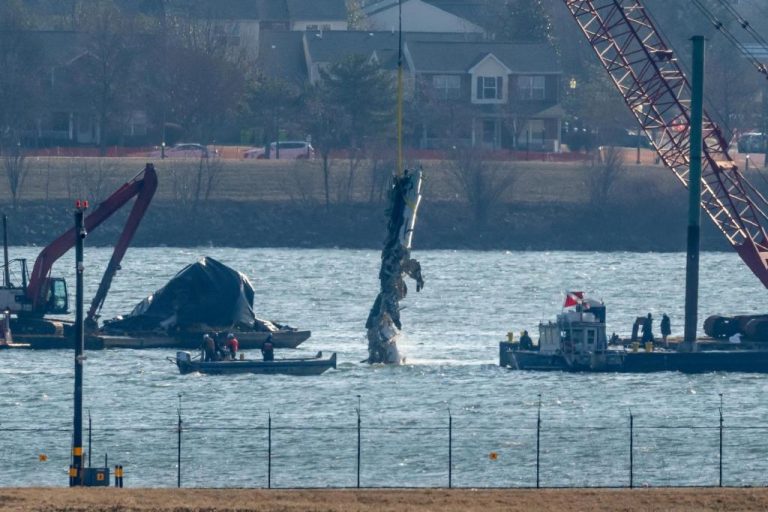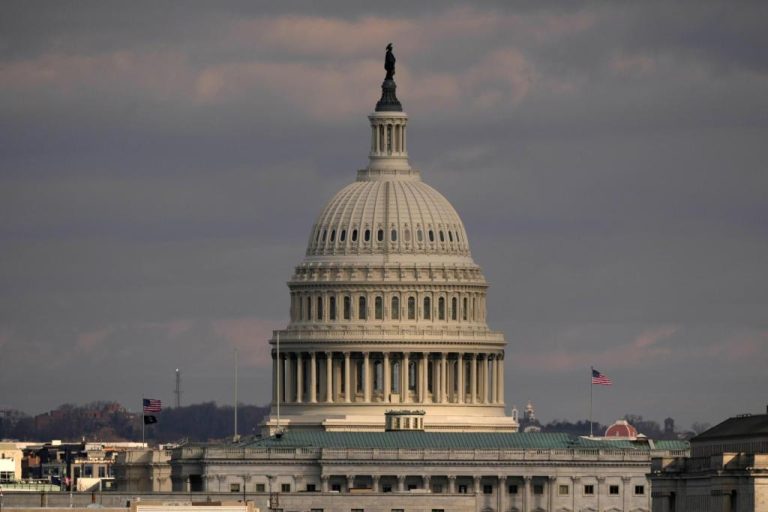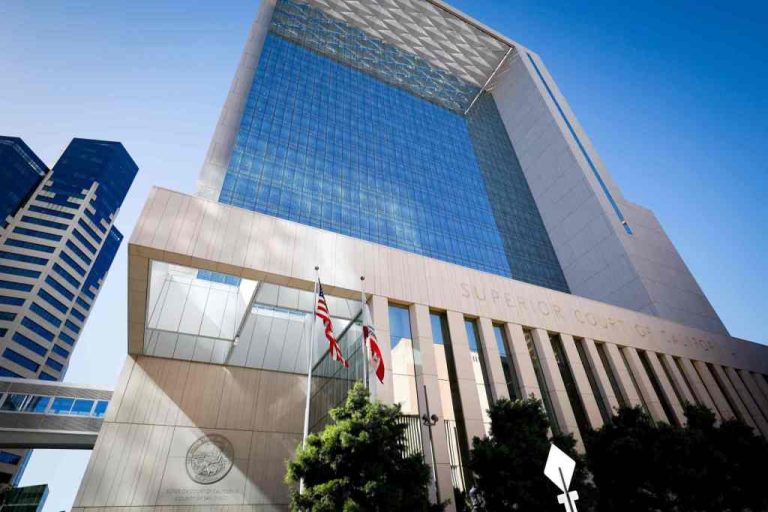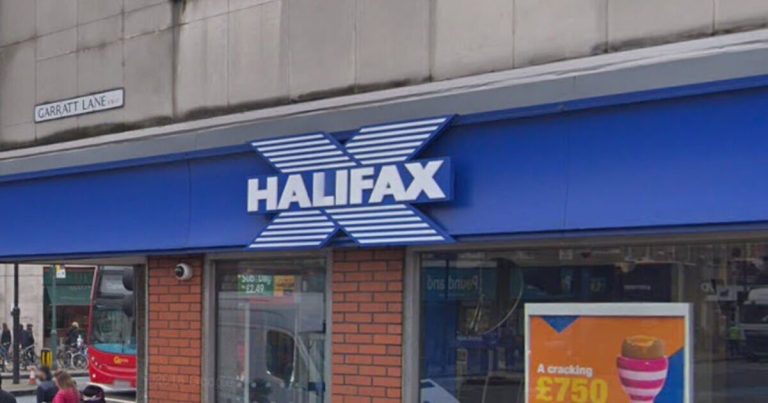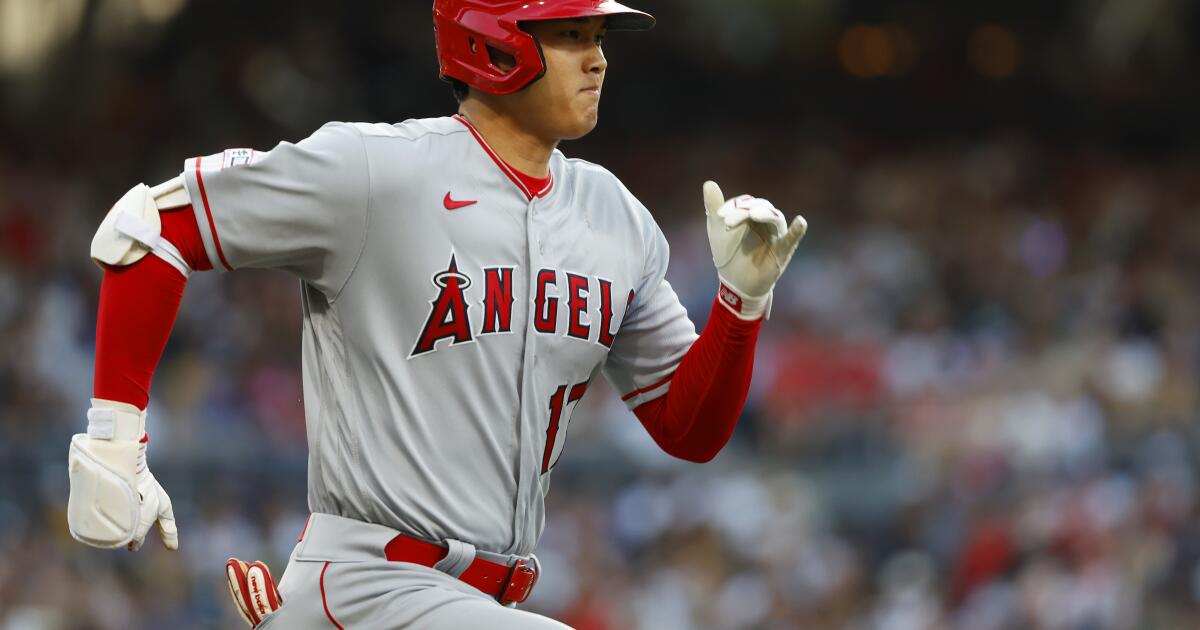
The blue baseball dragon to the north? It just got meaner.
The Dodgers and Shohei Ohtani have agreed to a 10-year contract worth enough bucks to fill Chavez Ravine — $700 million.
Get your $20 Dodger Dogs, folks.
For the Padres, incredibly enough, not much changes with Ohtani bringing his scary lefty bat to Chavez Ravine.
They were already playing for a wild card before Saturday brought the 29-year-old two-way star, now recovering from reconstructive elbow surgery, to the NL West’s dynasty. That the $700-million pledge shatters big-league records for average annual value and total guaranteed money merely reminds the Padres that the Dodgers live in a different financial universe.
Unfortunately for the Padres, the Dodgers aren’t as dumb with their money as they used to be. In fact, no one’s better at player development.
Beat L.A.? Good luck. San Diego last won the NL West race in 2006, last finished ahead of the Dodgers in a regular season in 2010.
Ohtani signing with the Toronto Blue Jays wouldn’t have done much for the Padres’ odds of winning the divisional race.
The Padres can take considerable solace, though, in two industry favors: Major League Baseball and the players’ union added a third wild card spot to each league’s playoff two years ago; and the ever-expanding World Series tournament continues to resemble a crapshoot, enabling the regular-season’s also-rans to turn the tables on the juggernauts in many Octobers.
“Get in, get hot” remains the Padres’ ticket, unless all the pieces fall into place between April and September.
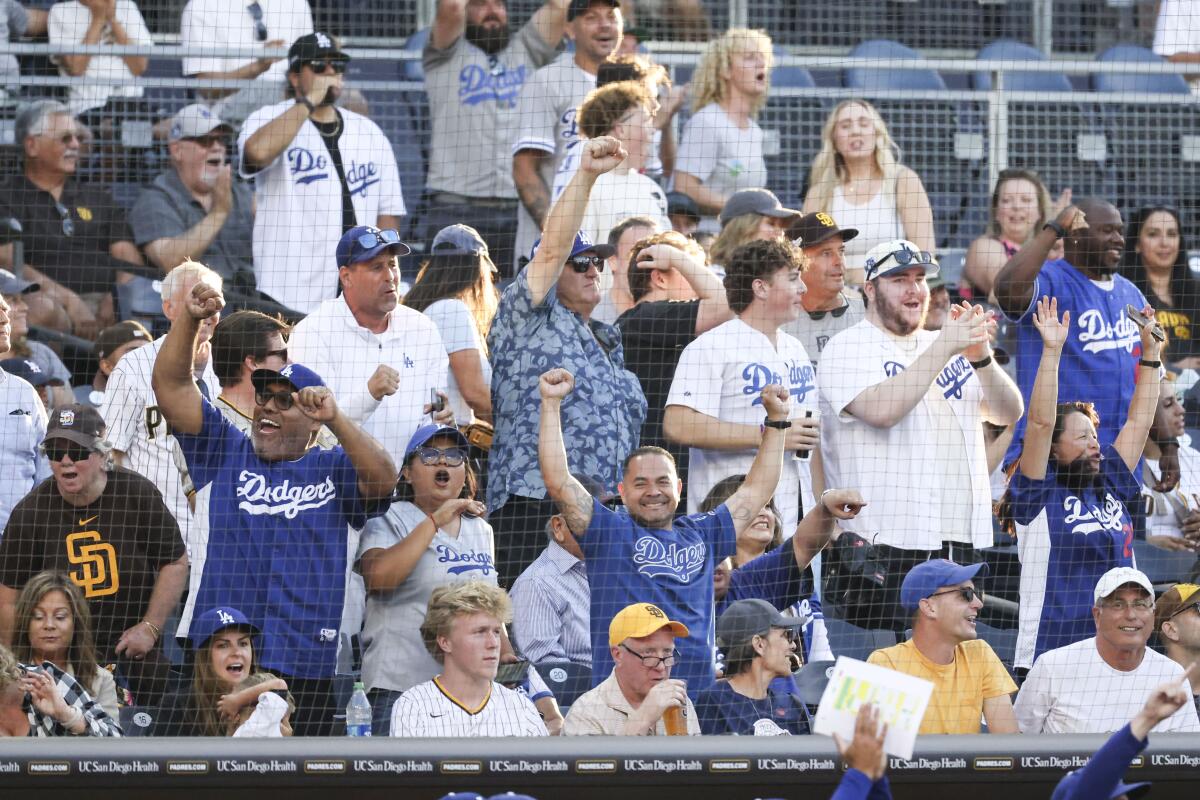
Dodgers fans cheer during Los Angeles’ Aug. 4 game against the Padres at Petco Park.
(Meg McLaughlin/The San Diego Union-Tribune)
While all but conceding the West race may feel like a fist to the jaw of Padres fans who remember the franchise’s run to West titles in 1984, 1996, 1998, 2005 and 2006, wild cards are not a death knell to World Series-title bids.
Just ask the Padres’ longtime top baseball executive.
“The reality is, the Padres are never going to be able to compete financially and roster-wise completely with the Dodgers,” A.J. Preller told ESPN in November 2020. “So what’s your next best option? Let’s do the best we can and if we get there, we can beat them in a seven-game series.”
The 2022 Padres proved Preller’s point. They won 89 games to claim the second wild card, knocked off the 100-plus-victory Mets in the first round and won the best-of-five divisional series against a Dodgers team that had finished 22 games ahead of them in the standings.
The 2023 Diamondbacks did the Padres one better. They got in with just 84 wins and advanced to the World Series not long after sweeping the Dodgers, three wins to zero.
None of this is to sugarcoat the fact Ohtani is a devastating slugger who now joins Freddie Freeman and Mookie Betts to form a top third of the lineup that, statistically speaking, should be cast in bronze.
All three hitters resembled baseball gods last year.
It’s not ideal for the Padres and their fans that the dragon to the north, as late Chairman Peter Seidler described the Dodgers, has become so much more capable than L.A. was back in the day, when the Padres were winning NL West races.
The Dodgers are able to contend for World Series titles while maintaining a well-regarded farm system, year in and year out. They’ve become wizards at development, enabling them to generate value with cheaply obtained players including several big leaguers.
Their teams have exuded a happy stability the likes of which has often eluded the Preller-era Pads.
It’s encouraging for the Padres that Preller isn’t trying to beat the Dodgers by mirroring L.A.’s approach.
Preller and his scouts, for example, often invest more money and draft capital than the Dodgers do in prospects who have less of a track record than college-age prospects.
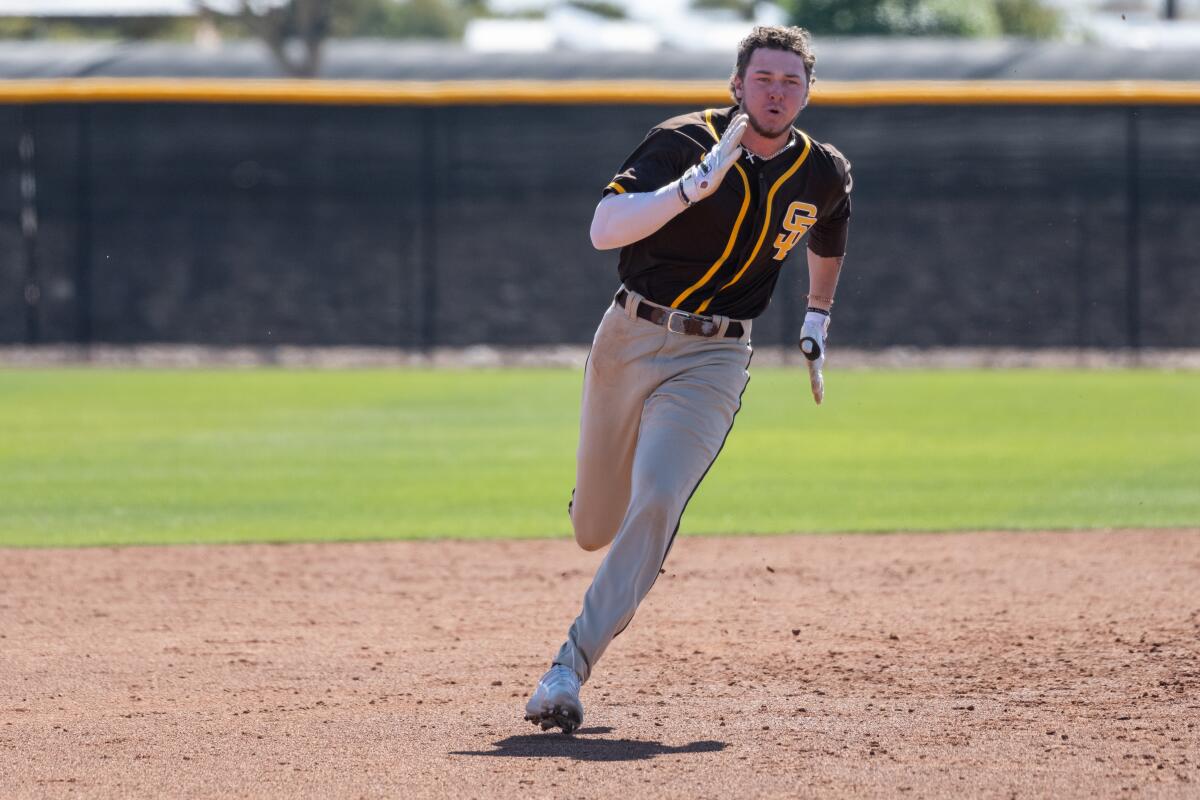
Jackson Merrill (1) rounds third base during a March 8 game at the Peoria Sports Complex.
(Caitlin O’Hara/For The San Diego Union-Tribune)
Those results weren’t very impressive early in Preller’s tenure. But in recent years, the Padres have “hit” on big plays for several teenagers either in the draft or the international amateur market. Venezuelan catcher Ethan Salas, 17, heads the list. Already, he’s a top-20 prospect, according to most MLB farm analysts. Among the other valuable teens Preller and staff found lately were shortstop Jackson Merrill, shortstop CJ Abrams, pitcher Robby Snelling, center fielder James Wood, Venezuelan outfielder Samuel Zavala and Dominican pitcher Jarlin Susana.
Abrams, Wood and Susana were packaged with Padres teen draftee MacKenzie Gore for Juan Soto, who after leading the Padres in several offensive categories this year, brought back four young pitchers and a catcher from the Yankees in this week’s trade.
Whether the Padres can develop greater consistency at finishing off player development and getting consistent, timelier production from their stars will determine if Preller’s .470 winning percentage with the Padres goes up.
The Dodgers, meantime, have added a 29-year-old designated hitter who just commanded $700 million despite the bum elbow that figures to keep him off the mound until 2025.
If the groans among Padres fans are loud, they’re less audible than from two other sources:
Righty pitchers in the NL West now have to deal more often with Ohtani. Ouch. A year ago against righties, the 6-foot-4 lefty batted .327 with 33 home runs, 21 doubles and seven triples in just 358 at-bats. Folks, that’s a slug rate of .701 against the most prevalent type of pitcher. (And against lefties, he slugged .532.)
If you can’t hear groans in Orange County, it’s only because Angels fans have taken up another summer hobby guaranteed to be less painful.
Their team employed Ohtani for six years on a bargain contract, only to fall well short of the playoffs in every season. Padres fans have it easy, by comparison.


